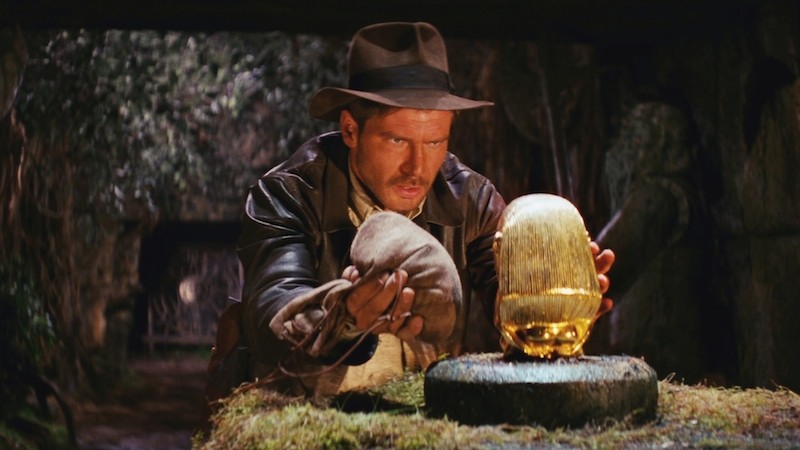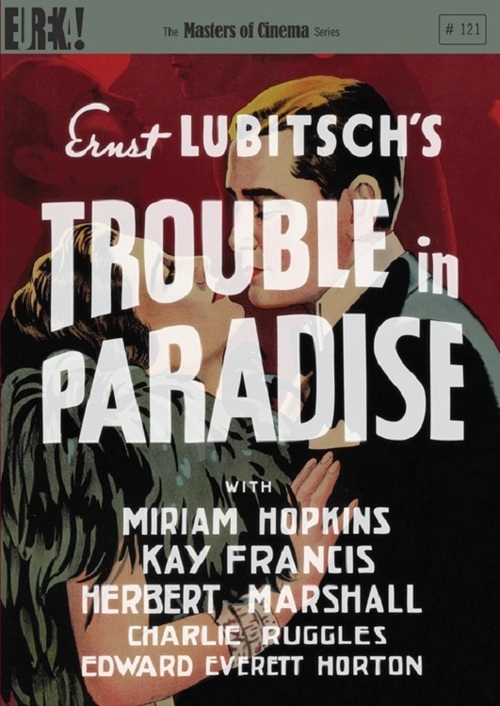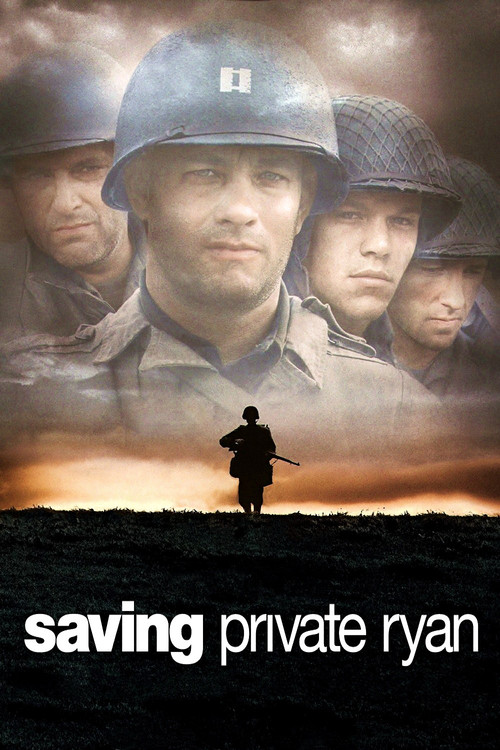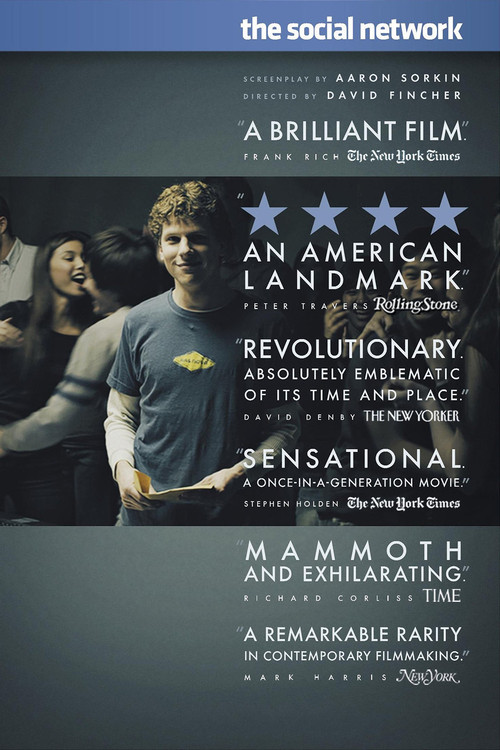
An opening scene of a movie is like a cinematic thermometer. You take a movie’s temperature by that first scene. It holds you, intrigues you, grabs you — or it doesn’t.
Though it’s true that plenty of great movies take their time building up our involvement, obviously they can’t take too long. Then there are those others that start off with a bang. It’s this latter group we’re celebrating today.
Here are fifteen of our favorite movie openers, covering seven decades of filmmaking:
“Citizen Kane” (1941)
“Rosebud.” It’s one of the most famous opening lines of all time, and it happens in the first scene of what many consider the greatest film of all time. The initial sequence in Orson Welles’s masterpiece plays like a gothic horror film with a “No Trespassing” sign, a creepy fence, and a glimpse from a distance of Xanadu, a deteriorating estate that resembles a castle from a Frankenstein movie. Inside the domain, eerie music plays in the background as a snow globe is dropped, a close-up of a dying man’s lips whispers “Rosebud,” and a nurse walks in to tend to her patient. The mystery set forth for the audience is about to unravel… brilliantly! Watch more.
“Sullivan’s Travels” (1942)
This quintessential screwball comedy, which blends serious social issues, Hollywood satire and road movie, starts off with dialogue that moves a mile a minute. John L. Sullivan (Joel McCrea), a helmer of mindless but profitable pictures like “So Long, Sarong”, tells a studio head he wants do a serious project next, an adaptation of the novel, “O Brother, Where Art Thou?” The studio head wants him to add “a little sex,” and another suit suggests a musical. But Sullivan explains he wants to make something that shows “the suffering of humanity” at a time when “the world is committing suicide with corpses piling up in the street, with grim death gargling at you at every corner, when people are slaughtered like sheep.” After a frantic three-way conversation, “Sully” gets his way and takes to the highways and byways of the country to make his somber cinematic statement. Watch more.
“Great Expectations” (1946)
David Lean’s superb adaptation of the epic novel by Charles Dickens begins spookily with young Pip (Anthony Wager, played later in the film by John Mills) encountering escaped convict Magwitch (Finlay Currie) in a desolate cemetery after the boy has planted a small tree on his mother and father’s grave. The con threatens to tear out Pip’s liver if he doesn’t bring him the tools he needs to get out of his shackles the next day. This sets the stage for Pip’s journey into adulthood, one that’s filled with adventure, unexpected twists of fate, and a touch of the macabre. Happily for him (and us), there are no recurrences of hostile convicts in graveyards. Watch more.
“Vertigo” (1958)
On a rooftop in San Francisco , two lawmen (one a uniformed cop, the other a detective in street clothes) chase a crook at a frenzied pace. Scottie Ferguson (James Stewart), the plainclothes cop, misses scaling the side of an adjacent building and dangles dangerously from a gutter drain pipe. Looking down, the perspective of the ground below appears distorted — Scottie obviously suffers from a severe case of vertigo. The other cop is quickly there above him, leaning over to offer his hand, but the imperiled investigator can’t reach him and his associate falls to his death. So begins one of Alfred Hitchcock’s most complex (and admired) works. Watch more.
“West Side Story” (1961)
The film’s dramatic, widescreen overture immediately tells us “something’s coming/ I don’t know what it is/ but it is going to be great.” At first, we just see jagged lines on a richly colored widescreen background; as the songs transition, the colors change. Finally, as the overture ends, the lines morph into a dramatic, aerial view of Manhattan. From this lofty perch, we move up the Island, and descend to our destination, a hotly contested playground on the Upper West Side. We then hear those fingers snap, and a glorious musical number begins, with rival gangs the Sharks and the Jets squaring off with leaps, bounds, basketballs and yellow paint. And right then, we are hooked. Watch more.
“Lawrence of Arabia” (1962)
The true-life adventure classic from David Lean won seven Academy Awards (including Best Picture) and opens memorably and unexpectedly with Lawrence’s death in a freak motorcycle crash. We witness Peter O’Toole’s T.E. Lawrence get on his motorbike and set off along a road. We watch apprehensively as he steadily picks up speed; Lawrence smiles with excitement. Then, as we half expect, he loses control when he’s forced to turn his vehicle to avoid a pair of bicyclists. We then spy Lawrence’s goggles swinging from a tree, and we know this hero’s fate. Starting with the random, relatively banal nature of his death casts a sense of irony over the extraordinary, danger-filled life that’s about to unfold on-screen. Watch more.
“Goldfinger” (1964)
During the pre-title sequence of Sean Connery’s third go-round as James Bond, over a period of just several minutes, we get a belly dancer, an explosion, a naked woman in a bathtub, a knock-down drag-out fight, and an electrocution. After the prerequisite guitar-twanging 007 theme intro and bullet-strewn graphic, the secret agent rises out of the water, rigs an explosive device onto a cache of nitro hidden in a water tank, and slips out of his wetsuit to reveal a white tux. Then, when he enters a nightclub, the action really picks up. All the while, not a hair gets out of place on Bond’s pate (maybe it’s the hairpiece), nor does our hero betray even a flicker of emotion when the bomb actually goes off. Shocking! Positively shocking! Watch more.
“2001: A Space Odyssey” (1968)
Cinephiles have argued about the meaning of Stanley Kubrick’s “ultimate trip” since it was released nearly half a century ago. Of particular interest is the film’s opening “Dawn of Man” sequence, which begins after the opening credits set to Richard Strauss’s “Also Sprach Zarathustra.” A huge black Monolith appears in the African savannah, where an early ape-like species of man figure out how to use a bone to get food and kill the leader of a rival clan. In a moment of victory, the tribe leader hurls his bone into the air. We are then transported four million years into the future as the bone is transformed into a Pan Am space shuttle… and the spaced-out space odyssey begins. Watch more.
“Patton” (1970)
In the very first shot, we see an empty stage over which is draped an enormous American flag. You can hear that a large audience is out there, waiting. And then the entrance, as a warrior figure, impressive and imposing even from a great distance, seems to rise up out of nowhere stage center. Confidently climbing the steps to the stage, he seems to eclipse that outsized flag. It is General George Patton (George C. Scott), ready to address his Third Army. The highlight of this memorable monologue: “Now I want you to remember that no bastard ever won a war by dying for his country. He won it by making the other poor dumb bastard die for his country.” It’s the most memorable sequence in a movie filled with them. Even with the anti-war mood then sweeping the nation, “Patton” was a triumph. Watch more.
“Jaws” (1975)
After an ominous title sequence, we find ourselves among a group of carefree teens partying on a beach on a beautiful summer night. An attractive boy and girl break away, ostensibly for some hanky-panky. The girl, Chrissie, announces she’s going for a swim, disrobing as she runs towards the sea. The boy, quite drunk, lags behind. Her skinny dip in the Atlantic Ocean turns horrific as she encounters an unexpected underwater assailant. That first terrifying shot where she’s jolted backwards in the water serves to warn audiences of all the horrors to come. Right at the start, director Steven Spielberg and editor Verna Fields deliver an overwhelming shock, in a single instant doing for the ocean what “Psycho” did for showers fifteen years before. (I’ve always preferred pools anyway!) Watch more.
“Manhattan” (1979)
Woody Allen’s love letter to his home of New York City boasts a starkly beautiful and funny opening sequence. Gordon Willis’s striking black and white photography captures daily life in the Big Apple at a variety of locations — some iconic, some not — while the music of Gershwin’s “Rhapsody in Blue” starts to swell in the background. At the same time, Isaac Davis (Allen), through voiceover, continually fumbles the opening chapter of his new novel about his relationship to the city. As Gershwin’s composition picks up in intensity and tempo, so do the visuals: a series of shots of the city’s skyline leading into a glorious cacophony of fireworks. It’s enough to make any jaded New Yorker swoon — trust me, I’m one of them. Watch more.
“Raiders Of The Lost Ark” (1981)
The first ten minutes of this film offers more thrills than most full-length adventure movies. Over the credits sequence, we first encounter a ragtag group of explorers in the South American jungle. At first we don’t see the face of its fedora-donning leader, but he’s the one in front, moving boldly ahead. When one of his minions pulls a gun behind his back, there’s a lightning fast crack of a whip. Both the lacky and the gun quickly disappear, and the camera closes in on the rugged visage of Harrison Ford. Along with his other helper (Alfred Molina), he enters a cave and reaches a shrine, all the while encountering little hindrances like tarantulas and poisoned arrows. When he finally nabs the golden figure he’s been searching for, all hell breaks loose. Look out for giant rolling boulders! Watch more.
“Goodfellas” (1990)
It all begins innocently enough, with three men (Ray Liotta, Robert DeNiro, Joe Pesci) in a car, driving at night. All of a sudden, muffled bumps are heard. At first, we have no clue what the sound could be, and though these men know a lot more than we do, even they are momentarily confused. Then it’s established the sound is coming from the trunk. Uh-oh. They pull over, get out of the car, and stand slightly back from the trunk, weapons drawn. A signal is given; the trunk gets opened and in there we see a bound and bloodied man who might as well be dead — and very quickly is. Then as Liotta slams down the trunk, we hear the voiceover: “For as long as I can remember, I always wanted to be a gangster.” And we believe him. Watch more.
“The Lion King” (1994)
Rendered in the stunning animation one would expect of a Disney production, we first see the sun gradually rising over the African plains. Then a chant is heard, and all sorts of animals — rhinos, panthers, meerkats, antelope — stand at attention, and for good reason. We are then introduced to Lion King Mufasa, who’s beaming proudly from a cliff. Beside him, mandrill Rafiki holds up the newborn cub Simba, so the assembled masses can see the heir to the throne. Elephants, monkeys and zebras salute the new king-to-be, while the moving, triumphant “Circle of Life” theme is sung. Even adults should not feel ashamed to acknowledge their goosebumps. (By the way, the glorious first scene of the Broadway adaptation — more like a grand entrance — was equally moving.) Watch more.
“Up” (2009)
Pixar has an enviable knack for making audiences laugh and pulling at their heartstrings, as evidenced by the initial sequence of “Up.” A wordless opening montage establishes that the elderly Carl (Ed Asner) may be a widower now, but that he’s able to hold on to memories of a long and loving marriage to wife Ellie. As if we’re opening an album of old snapshots, we follow the couple’s life trajectory, as they meet, fall in love, encounter joys and hardships, grow old together and eventually, face the inevitable. Set to Michael Giacchino’s delightful composition “Married Life,” a tune that sounds like it could have been written for a classic silent film, this affecting introduction to “Up” proves that sometimes animation can trump live-action when it comes to getting human emotions just right. Watch more.



